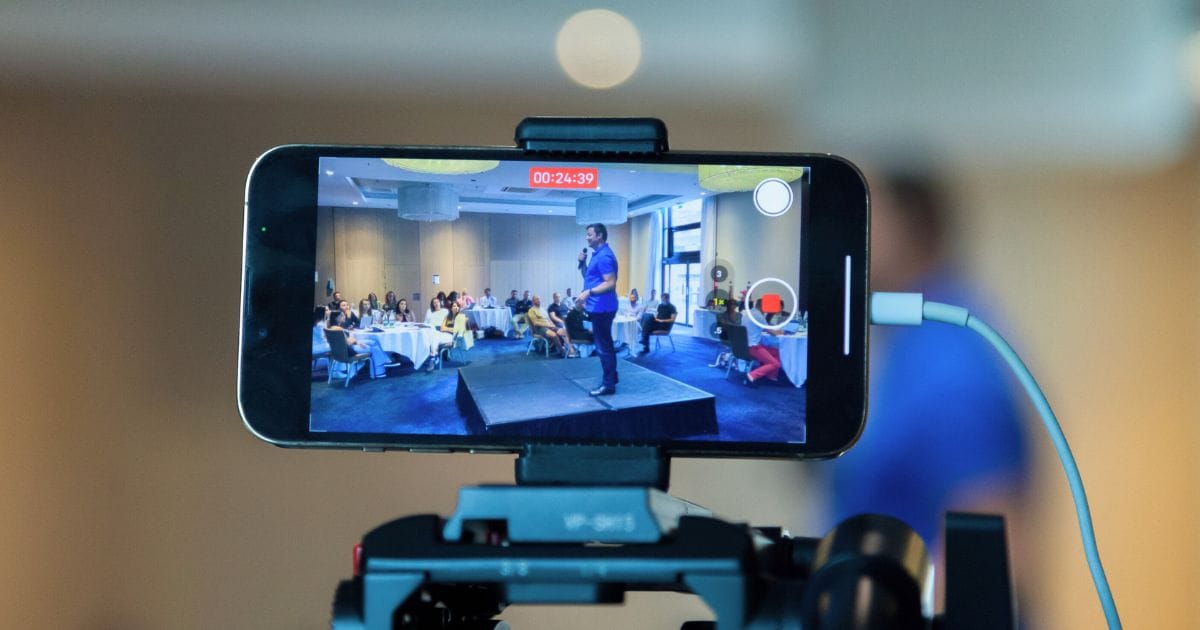Highlighting the Influence of Lighting Methods on the Craft of Video Projection Mapping
Highlighting the Influence of Lighting Methods on the Craft of Video Projection Mapping
Blog Article
Video mapping mapping is an exciting creative form that merges technology and innovation to convert ordinary spaces into remarkable visual exhibits. This method involves casting images and videos onto three-dimensional elements, such as buildings, artworks, or stages. One of the key significant factors in producing successful projection in the use of effective illumination techniques. Proper illumination improves the aesthetic elements of the display and ensures that the visuals are clear and engaging. This piece explores the influence of lighting methods on video mapping and how they can elevate the complete experience.
Lighting plays a vital part in video projection because it sets the mood and feel of the display. Different lighting techniques can elicit various emotions and responses from the viewers. For example, using soft, warm illumination can create a welcoming environment, while vivid, cool lights may produce a more energetic or dramatic impact. By thoughtfully choosing light colors and intensities, artists can influence how audience interpret the projected images, leading to a more engaging encounter. The equilibrium between projection brightness and ambient light is crucial, as it can greatly impact the clarity and impact of the visuals.
In addition, color and brightness, the angle of illumination also affects the efficacy of mapping. Lighting from different angles can create shadows and highlights that add depth to the mapped visuals. This method, known as light and shadow, can improve the 3D find out this here quality of the objects being mapped. Furthermore, using dynamic lights can add dynamism to the display, making the encounter more involving for the audience. When the light interacts link with the mapped visuals, it can produce an effect of motion and change, capturing the viewers' attention.
Another important element of lighting in projection in the use of unique effects. Methods such as patterned illumination, which employs shapes and forms to project light, can add depth and complexity to the projections. This method allows artists to layer images and create visually stunning effects that complement the projection. Additionally, incorporating lasers or LED illumination can further enhance the display, offering a unique blend of visual components that attract the viewers in. These unique features, when used carefully, can elevate the projection beyond a simple display to an engaging piece of creativity.
In summary, the influence of illumination methods on video mapping is significant. By comprehending how various illumination elements connect with mapped images, artists can create captivating encounters that connect with audience. The thoughtful choosing of color, intensity, direction, and special effects enables for a vivid canvas of visual narrative. As tech advances to grow, the possibilities for creative expression in mapping will only expand, making illumination an increasingly vital component in this innovative art form.